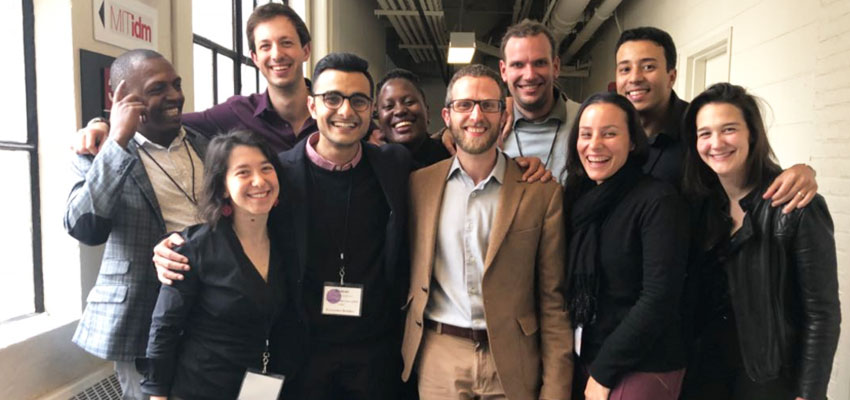
If you’re offered a seat on a rocket ship, you don’t ask what seat. You just get on.
I was among the nine individuals selected globally by MIT D-Lab, for a unique and transformational experience — of joining the founding cohort of the Innovation Ecosystem Builder Fellowship.
Spanning three continents (and spawning intense learning), the catalytic journey taught me three valuable lessons: mobilizing my country’s innovation ecosystem, embracing diverse global perspectives, and enabling social innovators to leapfrog barriers and create groundbreaking impact.
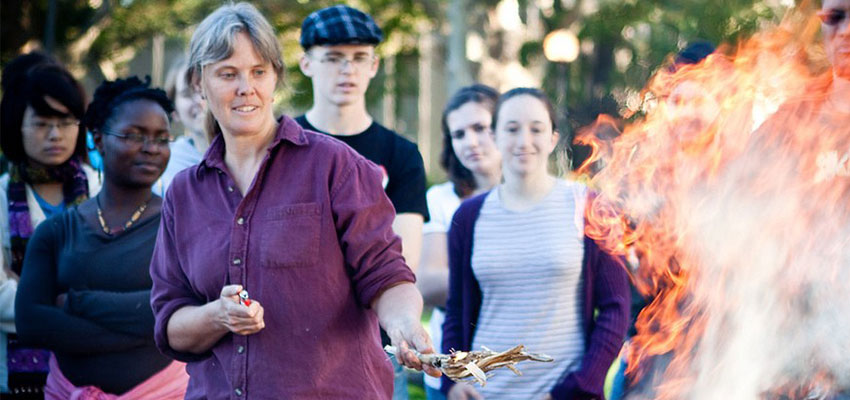
MIT D-Lab was started by Amy Smith, a passionate engineer, MIT senior lecturer, and inventor. A recipient of the MacArthur “genius” grant for designing life-changing technologies and in 2010, according to TIME, one of the world’s 100 most influential people, she has always been a firm believer in every individual’s unique potential to create — be it in a lab at MIT, a workshop in Ghana, or a school in Mexico City. The real breakthrough, she believes, lies in activating the capability of individuals facing the problem to develop locally relevant solutions.
On a sunny April day in Cambridge, I first heard Amy speak about her vision for MIT D-Lab. It reinforced my conviction that the best solutions have a habit of emerging from the epicenter of a problem — through a combination of contextual understanding, radical collaboration and building local resilience — as opposed a pre-packaged panacea: that can be airdropped on the problem.
With that in mind, we were ready to embark on our brand new Fellowship journey. Ready to strengthen our respective regional ecosystems — from within.
At the same time, it is hard to discount the scope for learning from outside, which can be a powerful catalyst for propelling ecosystems.
At Teach For All, we refer to this idea as "being locally rooted, but globally informed." It is a mindset that enables a worldwide network of close to 50 different countries to learn from each other and constantly refine the collective’s understanding of large-scale education change.
And, that is exactly the kind of collaboration our Fellowship engendered for us Innovation Ecosystem Builders.
A cross-pollination of ideas, experiences and insights, it made us realize that when you combine the perspectives of nine global citizens with a range of backgrounds, yet a shared, unflinching belief in the power of innovation to drive change —magic happens.
Our cohort is an amalgamation of diverse individuals: a Brazilian bureaucrat serving as National Secretary of Innovation, a Fulbright scholar leading a social enterprise in Kenya, a grassroots entrepreneur working with out-of-school youth in Uganda, and an entrepreneur-in-residence at a global impact venture capital fund based in India.
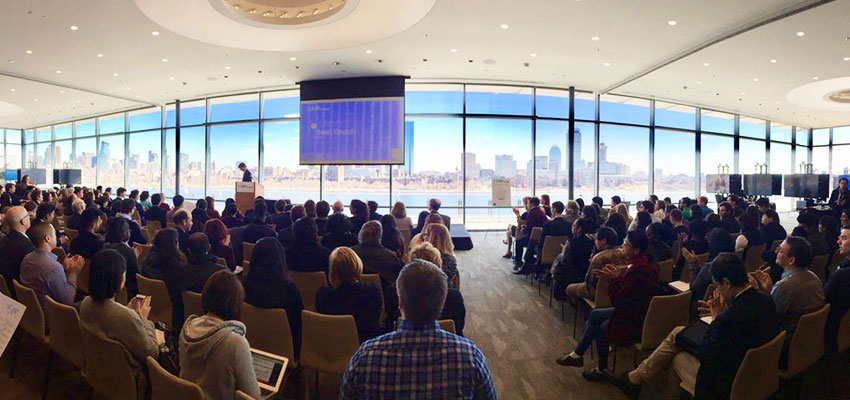
There were a few elements that made this Fellowship a unique and decidedly powerful experience:
- An eclectic group of Fellows — handpicked from three different global hubs (South Asia, Latin America and East Africa) — ensured that every conversation unlocked new perspectives, bridged cultural differences and deconstructed stereotypes.
- The power of immersion brought to life for us a slice of the Boston innovation ecosystem. Spending time in Kendall Square, at MIT Media Lab, MassChallenge and Youth CITIES (among many other innovation hotspots) — gave us the opportunity to glean insights and best practices from a relatively mature ecosystem, opening our minds to new possibilities.
- The opportunity to interface first-hand with a range of ecosystem contributors from across the United States and beyond — including social enterprises, corporations, foundations, non-governmental organizations, multilateral and bilateral institutions, as well as academics and practitioners from MIT and beyond — made us feel part of the larger whole.
- Access to MIT D-Lab’s foundational research on innovation ecosystems as well as an in-depth introduction to Participatory Design (a methodology pioneered at MIT D-Lab) provided us with a conceptual framework to advance our regional innovation ecosystems back at home. What was additionally heartening to see was the level of collaboration towards shared outcomes across institutions — as we learned from experts at the Harvard Kennedy School, the MIT Media Lab and the MIT Sloan School of Management.
- Finally, a seed grant that each Fellow is expected to receive — to test out transformative ideas and new prototypes — is set to catapult our initiatives to the next level: in terms of impact on the innovators and entrepreneurs each one of us supports.
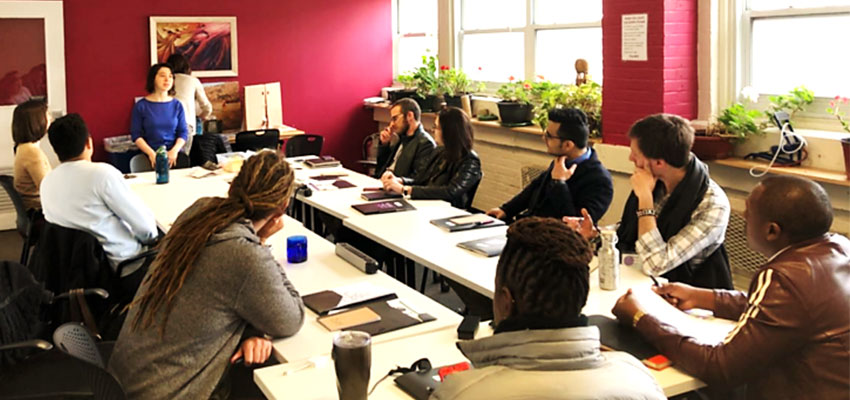
Embracing the ecosystem approach
The innovation ecosystem metaphor comes from the world of biological systems.
Much like the natural world, human societies are complex, and reliant on the delicate dance between individuals, institutions and the encompassing environment.
According to an article by D-Lab Local Innovation researcher Elizabeth Hoffecker in the Stanford Social Innovation Review, the idea of an ecosystem illuminates well — the dynamic, interconnected, and complex character of the environments in which social entrepreneurs work.
In this frame of things, the raison d’etre of ecosystem builders becomes — to convene, connect and celebrate different actors who can accelerate and advance the progress of these entrepreneurs.
Given that idea, I could not have possibly asked for a better platform and group of peers to learn from, exchange perspectives with, and practice an ecosystem-based approach to catalyzing innovation and entrepreneurship in my country.
Bridging the gap between thought and action — the spirit of MIT
MIT’s motto is Mens et Manus. In Latin, that translates to Mind and Hand. The Institute’s official insignia features a scholar and a laborer, signifying a union of intellectual knowledge and mechanical arts.
In the same vein, the Institute’s heart and soul lies in doing things — in picking up the tools and making things happen. That ethos is well reflected in the atmosphere at MIT D-Lab, as well as in the work that it does.
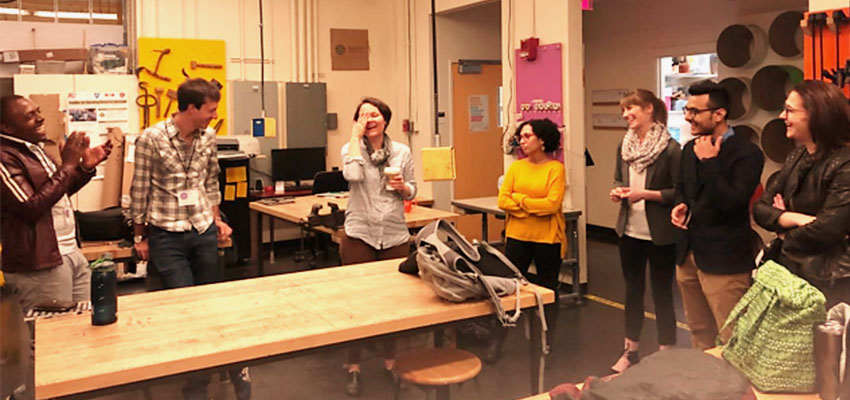
From Guatemala to Ghana and Morocco to Mexico, MIT D-Lab seeks to democratize the capacity to create, with the belief that the expertise to solve local problems should lie in the village, instead of at MIT.
In this respect, what sets Participatory Design apart is its flexibility and adaptive nature.
While traditional approaches like Human Centered Design espouse the idea of an empathetic designer who can understand beneficiary needs — and design for the user, Participatory Design opens up other possibilities as well, namely, Co-design (designing with the user) and User-led design (design by the user).
Designed around the last of these three approaches, MIT D-Lab's Creative Capacity Building workshops strengthen the capabilities of individuals to design their own solutions to the challenges they face.
This seeks to shift the power dynamic between beneficiaries and benefactors, enabling communities to solve their most pressing problems, largely from within.

Reflecting on my Fellowship journey so far, the experience has been one-of-a-kind — energizing, inspirational, and highly enriching in terms of learning and development.
It has given me avenues to forge meaningful connections with people from across the globe. It has deepened my understanding of innovation ecosystems and how to mobilize them. And most importantly, the Fellowship has created in me the capacity to be an innovation leader in my country, as well as a global ambassador, well-poised to represent my country on the world stage.
At the core of it, the experience has been about realizing our shared humanity as a global race. In the words of Amy Smith, "I want my students to understand what it is like to grind grain for two hours in order to have food to eat."
I have always believed that human potential is distributed uniformly across the world, however opportunities for developing that potential are not.
The Innovation Ecosystem Builder Fellowship has proved contagious, in spreading the spirit of enabling human potential, fostering collaboration and embracing the universality of human connection.
The Fellowship has definitely kindled a fire in me, and I hope to pass that light on to others in my journey as an Innovation Ecosystem Builder — during, and critically, beyond this incredible year-long odyssey.
About the Author
Shayan Roy Chowdhury is an Innovation Ecosystem Builder Fellow at MIT D-Lab. He leads InnovatED: Teach For India’s National Incubator for entrepreneurs building impactful organizations in education.
For Further Information Contact
Molly Rubenstein, MIT D-Lab Innovation Ecosystems Manater

